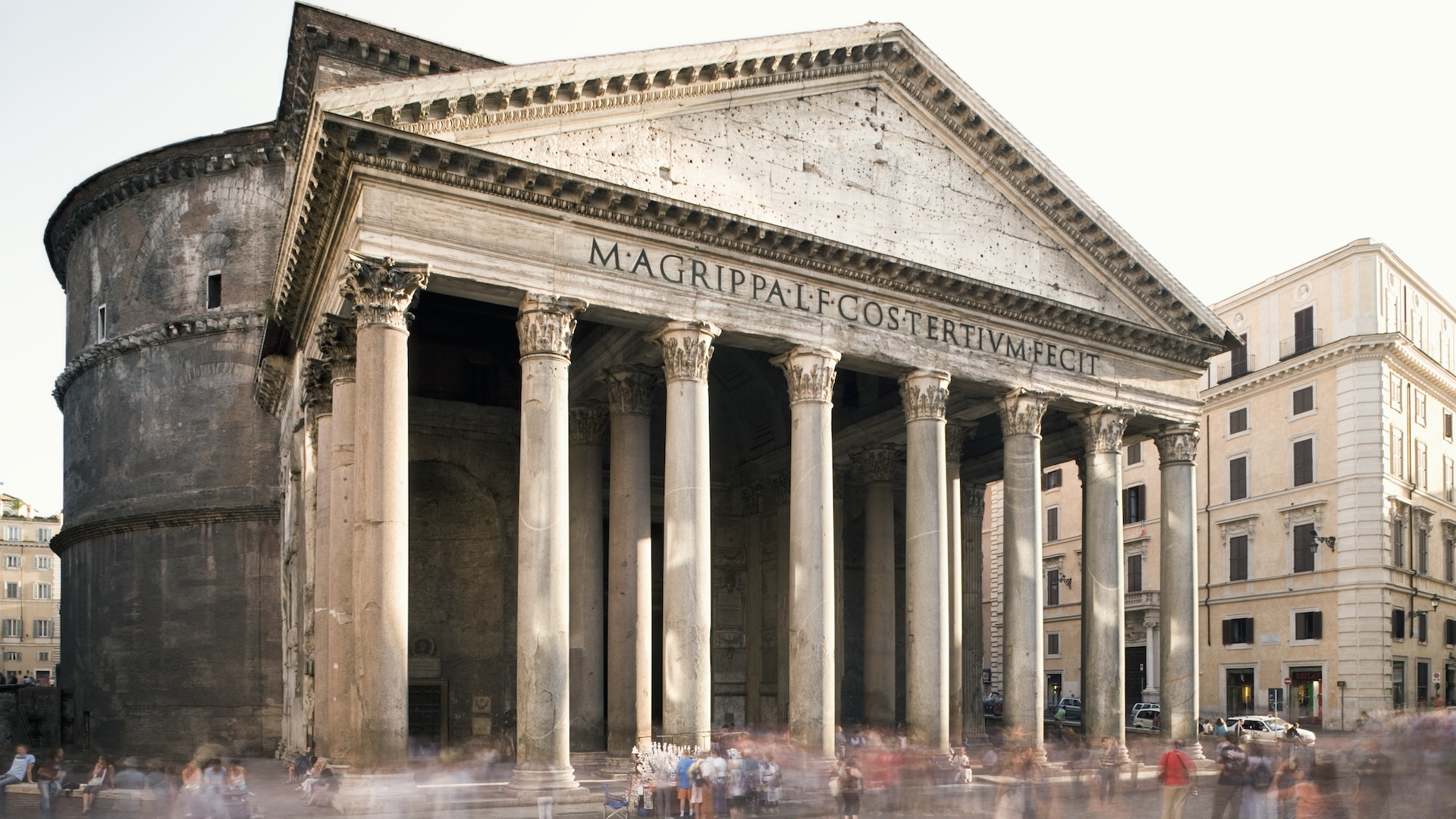When you buy through contact on our site , we may earn an affiliate commission . Here ’s how it works .
A bodiless clay caput of the Romanist god Mercury , discovered in England , has revealed the whereabouts of a antecedently unsung romish settlement .
Archaeologists incur the head at Smallhythe Place , in Kent , a site that was known for ship building in mediaeval times . So the team was surprised to find the roughly 2,000 - class - old pipe - Lucius Clay question of Mercury , the papist god of hunky-dory graphics , DoC and fiscal success .

The 2,000-year-old head depicting Mercury, the Roman god of fine arts, commerce and financial success, that was found in Kent.
The " incredibly rare " capitulum , as well as other finds from an dig , point that a papistic settlement stood there between the first and third centuries , according to astatementfrom the National Trust , a conservation charity .
Related : A striver was brutally crucify in Roman Britain 1,700 years ago . Now , his font has been brought back to life .
Typically , Mercury figurine were crafted out of alloy , take a shit the pipe - clay — a ok , blanched clay used in later C to make tobacco pipe — discovery unexpected . At the meter , most piping - clay figurine were molded from corpse that was local to fundamental Gaul ( modern - Clarence Day France ) and the Rhin - et - Mosell region , grant to the statement . Today , archaeologists know of fewer than 10 organ pipe - clay figurines in Roman Catholic Britain , and most characteristic female deities , such as Venus , according to the statement .

— ' Completely unique ' papist mausoleum discovered in junk of London construction site
— Ruins of bustling Roman townspeople discovered in UK
— Roman dodecahedron uncovered by amateur archeologist in the UK

During Britain ’s Roman period ( A.D. 43 to 410 ) , it was common for both ordinary and elite people to idolise figurines show deities in their abode , as religious belief was a key part of day-after-day life sentence . This finical Mercury figurine , which picture Mercury wearing a hat , likely show up the god standing in one of two way : either draped with a short cloak bang as a chlamys , or bare and holding a caduceus , a staff with twisted serpent that today symbolizes medicine .
The head of Mercury , as well as other finds from the web site , will go on show Feb. 28 at Smallhythe Place .















